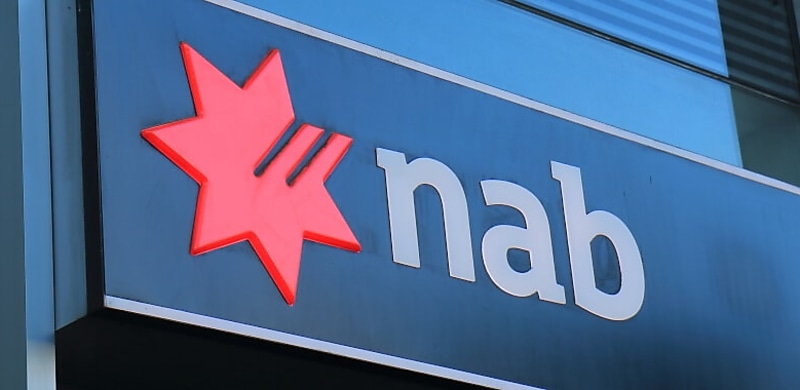
The major bank recorded a surge in business finance for green equipment between April and June.
National Australia Bank (NAB) has revealed that business finance for green equipment increased by 59 per cent (compared to January–March 2023) in the three months between April and June 2023.
The uptick reportedly came as businesses took advantage of government incentives to reduce their carbon footprints while upgrading their equipment.
According to NAB’s data, there has been large demand for energy-efficient agriculture equipment, with financing increasing by 226 per cent, followed by an increase in solar upgrades (129 per cent) and electric vehicles (32 per cent).
The data revealed South Australia as the top state leading growth in green equipment financing, up by 380 per cent, followed by NSW at 89 per cent, Tasmania at 58 per cent, and Western Australia at 33 per cent.
NAB executive for business metro Julie Rynski said the major bank is closely working with its customers to support transitions towards lower emissions.
“There’s an increasing appetite from our business customers to better understand how they can cut their emissions,” Ms Rynski said.
“Recent NAB research shows around one in five SMEs strongly intend to make an investment to improve the sustainability of their business over the next two years.
“Business owners know the value of making smart investments, and in today’s economic environment they’re being extra careful about where they put their money, yet many are choosing to prioritise their climate transition.”
She added that schemes such as the instant asset write-off and proposed small-business energy incentives “may be helping eligible businesses squeeze the most out of each dollar” and are driving investments into more energy-efficient farming machinery, electric heating and cooling systems.
“As electric vehicles become more affordable in Australia, many business owners are choosing to invest in sustainable transport by electrifying their fleet,” Ms Rynski further stated.
“In January we were funding electric vehicles from seven manufacturers, today it’s 12. Tesla still dominates, although we’re seeing a growth in popularity of other brands such as BYD and Volvo.”
As of 1 July 2023, the instant asset write-off threshold returned to pre-COVID-19 levels. Eligible small businesses with a turnover of up to $10 million can now receive $20,000 on a per-asset basis.
This replaced the arrangement introduced during the pandemic, which provided a write-off of eligible assets costing up to $150,000 that were first used or installed for use between March 2020 and 30 June 2023.
[RELATED: Time running out on current instant asset write-off]
 Login
Login











JOIN THE DISCUSSION